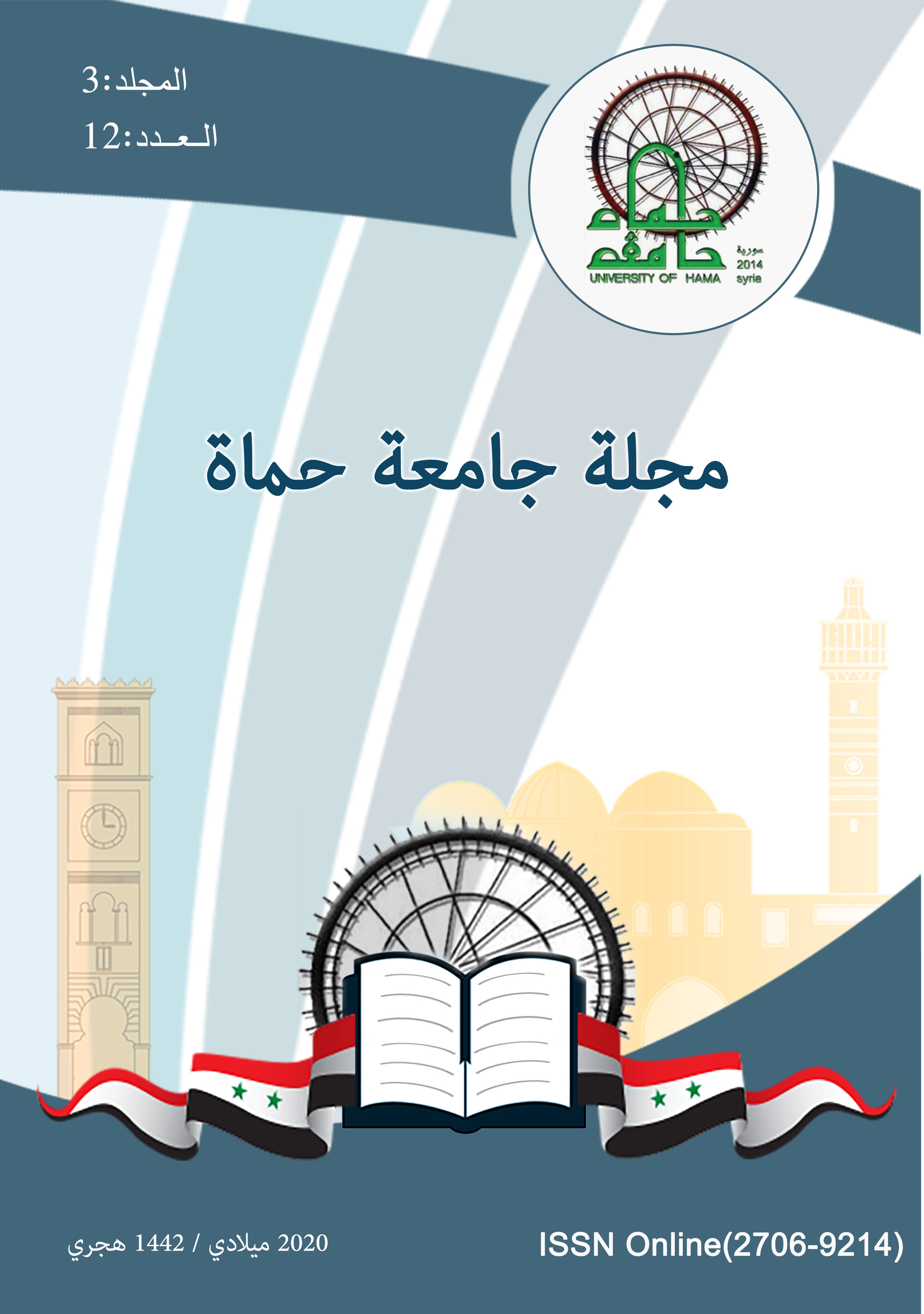Reducing sludge moisture in the sewage treatment plant in the city of Hama/Syria using some additives
الملخص
This research studies the possibility of increasing efficiency of the process of reducing the moisture of primary and mixed sludge (primary and secondary) in the sewage treatment plant in the city of Hama by using a metered dose with studied doses and clarifying the relationship between the added irrigation dose and the sludge thickener retention time.
When studying the reduction of the primary sludge moisture, Quartz was used at a dose of 6 g / L and 10 g / L and cement at a concentration of 8 g / L and a gypsum at a concentration of 8 g / L after a 24-hour time period the results were analyzed and it was found that when using Quartz at a concentration of 6 g / L It gave a sludge dewatering efficiency of 9.77%, When using cement and gypsum at the mentioned concentrations, the percentage of separated water was greater However, the results of the pH and conductivity test on the separated water yielded unacceptable results, and therefore, by comparing all results it was found that Quartz at a dose of 6 g / L gave the best results from the separation of water and pH and conductivity on the separated water from the primary sludge.
When studying the mixed sludge moisture reduction (primary and secondary), irrigation was used only at concentrations 6-8 - 10 g / L, respectively, and the removal rates were as follows: Quartz concentration 6 g / L - removal rate 1.98%, Quartz at a concentration of 8 g / L - the removal rate is 1.91%, Quartz concentration 10 g / L - removal rate 2.45%.
After comparing the results, it was found that when using Quartz at a dose of 10 g / L, we find that the ratio of water separation from mixed sludge is the best.


